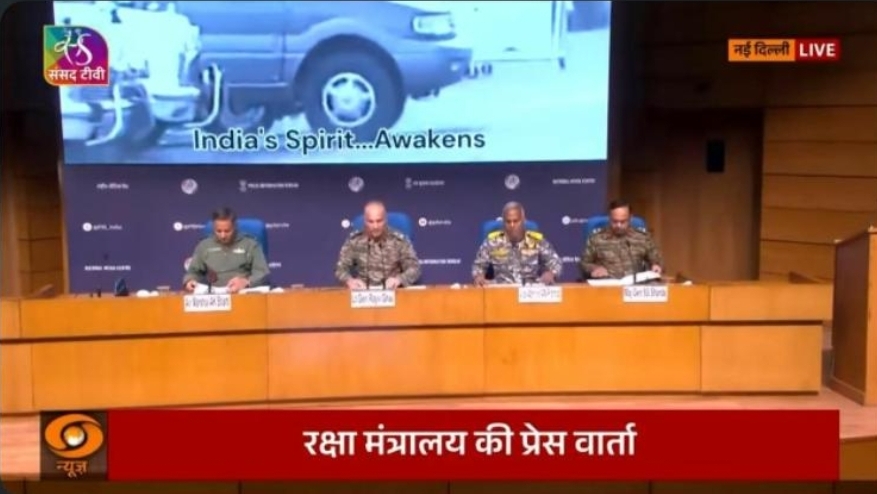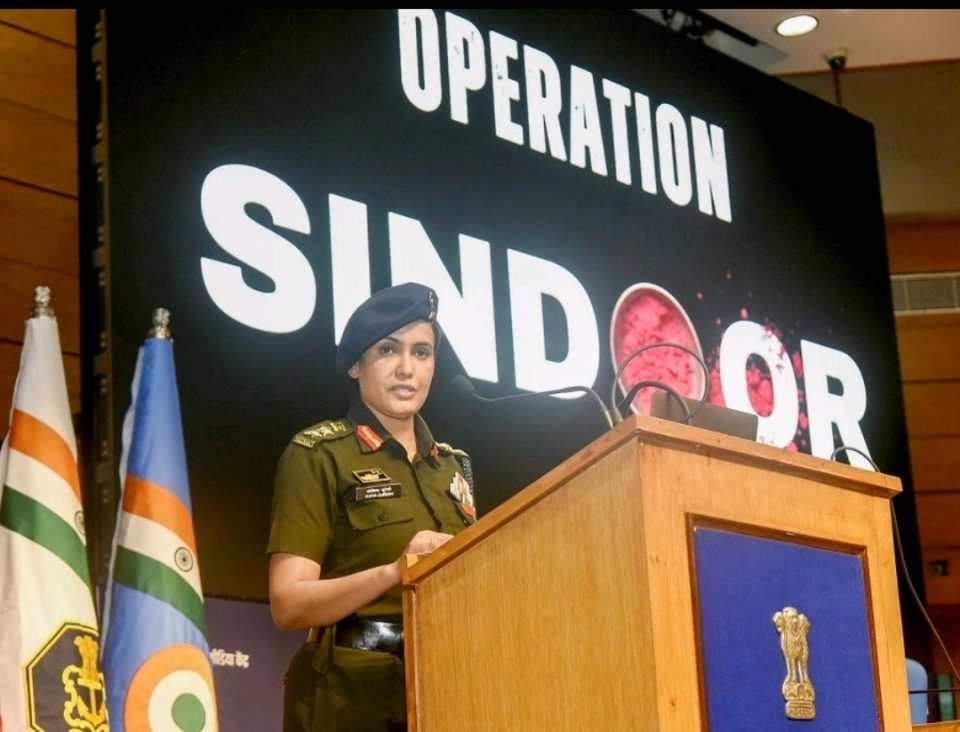From Battlefield to Boardroom: What Operation SINDOOR Teaches Us About Exceptional Customer Experience
In an era where digital transformation is the norm and customer expectations evolve by the hour, inspiration for world-class Customer Experience (CX) often comes from the most unexpected quarters. One such story emerged from the realm of national security—Operation SINDOOR. India’s tactically sound and technologically superior response to asymmetric warfare in May 2025 was not only a milestone in military strategy but also a masterclass in operational CX. It proved that at the heart of any high-stakes operation—military or market—is the need for seamless integration, responsive systems, empowered actors, and trust in one’s own capabilities.
So what can CX professionals, customer strategists, and enterprise architects learn from India’s modern military response?
Let’s dive into the surprising CX parallels behind Operation SINDOOR’s success.
1. Integrated Experience Delivery: The Power of System Orchestration
At the core of Operation SINDOOR was the Integrated Air Command and Control System (IACCS)—an intelligent network that brought together disparate defence systems across the Army, Navy, and Air Force into a cohesive, synchronized unit.
CX Parallel:
In customer experience, fragmented systems often lead to disjointed journeys. Think of a customer who engages with a brand via email, moves to a chatbot, then calls the support line—only to repeat their issue each time. This is the opposite of what IACCS achieved.
Lesson:
A well-orchestrated CX stack—CRM, chatbots, service portals, field teams—must talk to each other in real time. Unified data. Plus, Unified vision. And, finally, Unified response. Like in SINDOOR, precision and efficiency depend on eliminating silos.
2. Proactive Response Over Reactive Measures
Operation SINDOOR wasn’t just about retaliating—it was about anticipating threats and neutralizing them before they reached Indian soil. This included destroying enemy radars, drones, and command centres even before they launched attacks.
CX Parallel:
Reactive service—waiting for complaints—is no longer enough. Today’s brands must practice anticipatory service: resolving issues before they escalate, using predictive analytics to delight rather than merely satisfy.
Example:
Netflix recommending your next show based on viewing patterns. Amazon proactively refunding for late deliveries. Airlines rebooking you before your flight is even officially canceled.
Lesson:
Good CX is not “how fast we fix it”—it’s “how rarely the customer needs fixing.”
3. Indigenous Innovation: Building Trust Through Self-Reliance
A standout theme in Operation SINDOOR was India’s use of indigenous tech—from Akash missile systems to AI-powered loitering munitions and counter-UAV systems. Not only did these systems perform exceptionally, but they also helped avoid dependency on volatile international supply chains.
CX Parallel:
The modern customer values authenticity, control, and transparency. Relying excessively on outsourced tech or third-party platforms often leads to CX failures—outages, delays, miscommunication.
Lesson:
In-house innovation not only ensures agility and ownership but builds long-term customer trust. Whether it’s a bank designing its own AI risk engine or a retailer building its own delivery app—own your core experience.
4. Real-Time Responsiveness: Speed as a Strategic Advantage
Operation SINDOOR’s surgical strikes were completed in just 23 minutes, with loitering munitions locating and neutralizing targets autonomously. The entire counter-offensive was wrapped before the enemy could respond.
CX Parallel:
Real-time responsiveness is the gold standard. Customers don’t just expect fast service—they expect instant answers, immediate resolutions, and frictionless experiences.
Example:
Zomato’s 60-second refund policy, or Apple’s Genius Bar replacing your iPhone within minutes.
Lesson:
A delayed response is often perceived as indifference. Brands that win, respond in real time—not just to problems, but to intent.
5. Multi-Layered Defence = Multi-Touchpoint Assurance
India deployed a multi-tiered air defence architecture, combining legacy systems, modern interceptors, electronic warfare, and satellite monitoring—creating redundancy and assurance.
CX Parallel:
In the customer journey, not every interaction is linear. Some customers need hand-holding, others are self-reliant. Multiple touchpoints—website, app, in-person support, social media, IVRs—must reinforce each other rather than compete.
Lesson:
Good CX design offers layered security and support. It meets customers where they are and doesn’t collapse when one channel fails.
6. Satellite and Drone Integration: Monitoring = Insight
ISRO’s role in Operation SINDOOR—providing 24/7 satellite surveillance—was pivotal. Real-time visual and data intelligence enabled accurate decisions and swift response.
CX Parallel:
Surveillance in the business world translates to real-time customer analytics, NPS tracking, social listening, and journey mapping.
Lesson:
You cannot improve what you do not monitor. CX requires constant listening, not just periodic surveys.
7. Industry Collaboration: Enabling Ecosystems for Scale
From Alpha Design Technologies to Tata Advanced Systems and Drone Federation of India, Operation SINDOOR was made possible by a collaborative ecosystem of private, public, and startup partners.
CX Parallel:
No brand is an island. Experience excellence comes from strategic partnerships—with delivery partners, fintech enablers, cloud providers, content creators, and even influencers.
Lesson:
Build ecosystems, not empires. The best CX strategies are collaborative and co-created.

Conclusion: National Security, Customer Experience, and the Future of Trust
Operation SINDOOR isn’t just a military milestone—it’s a CX blueprint. It demonstrates that when stakes are high, people turn to systems they trust, solutions that respond, and networks that collaborate.
Whether you’re safeguarding a nation or serving a customer, the core principles remain the same:
- Seamless orchestration
- Proactive response
- In-house excellence
- Real-time delivery
- Redundant touchpoints
- Deep monitoring
- Strategic partnerships
In the digital battlefield of customer expectations, are you prepared for your own version of Operation SINDOOR?


